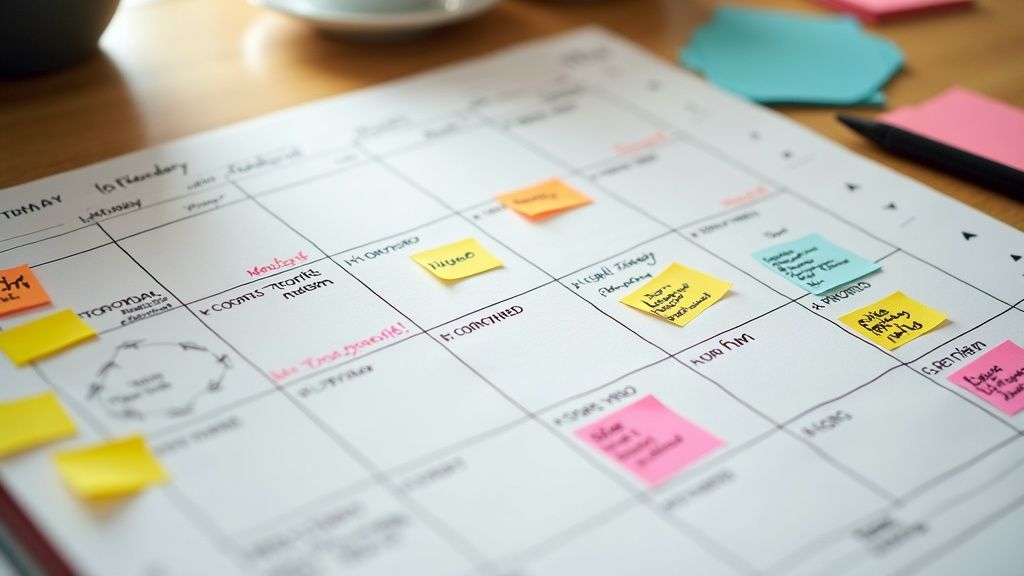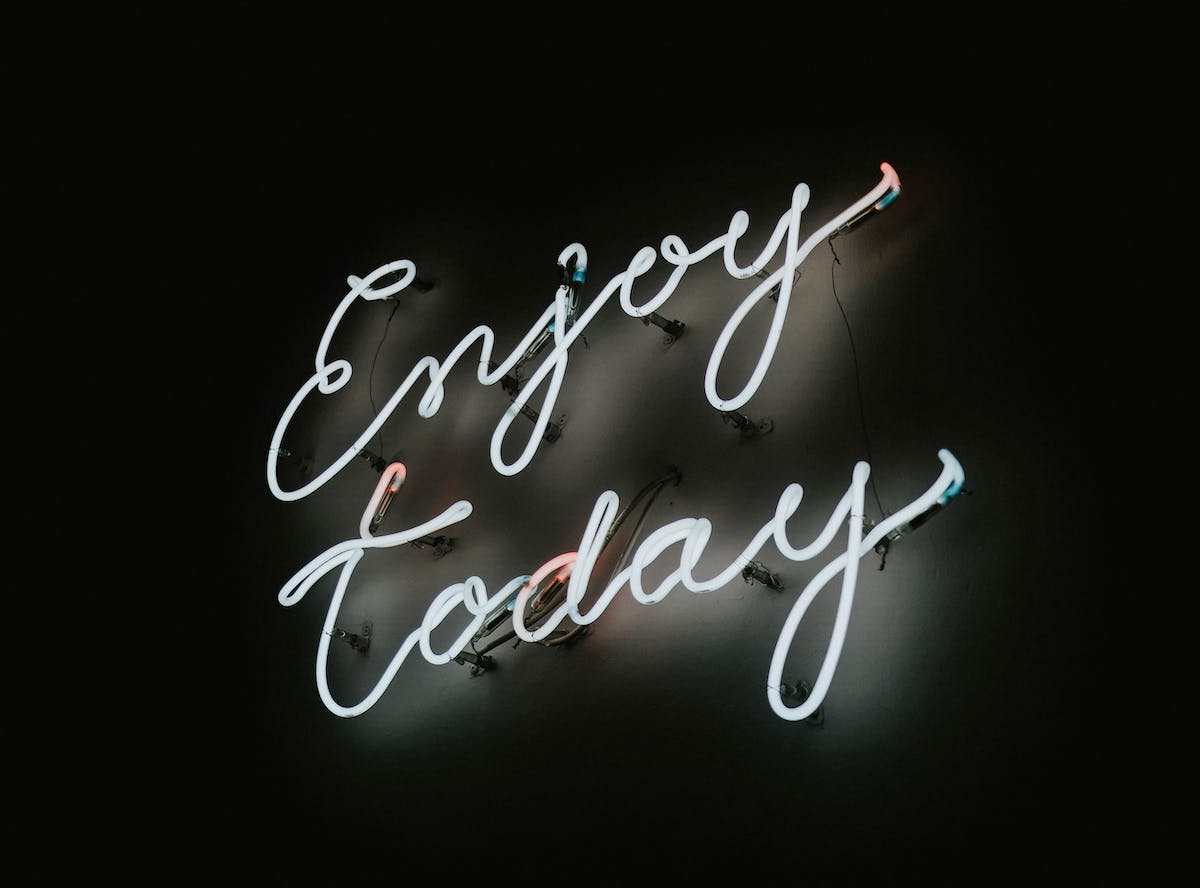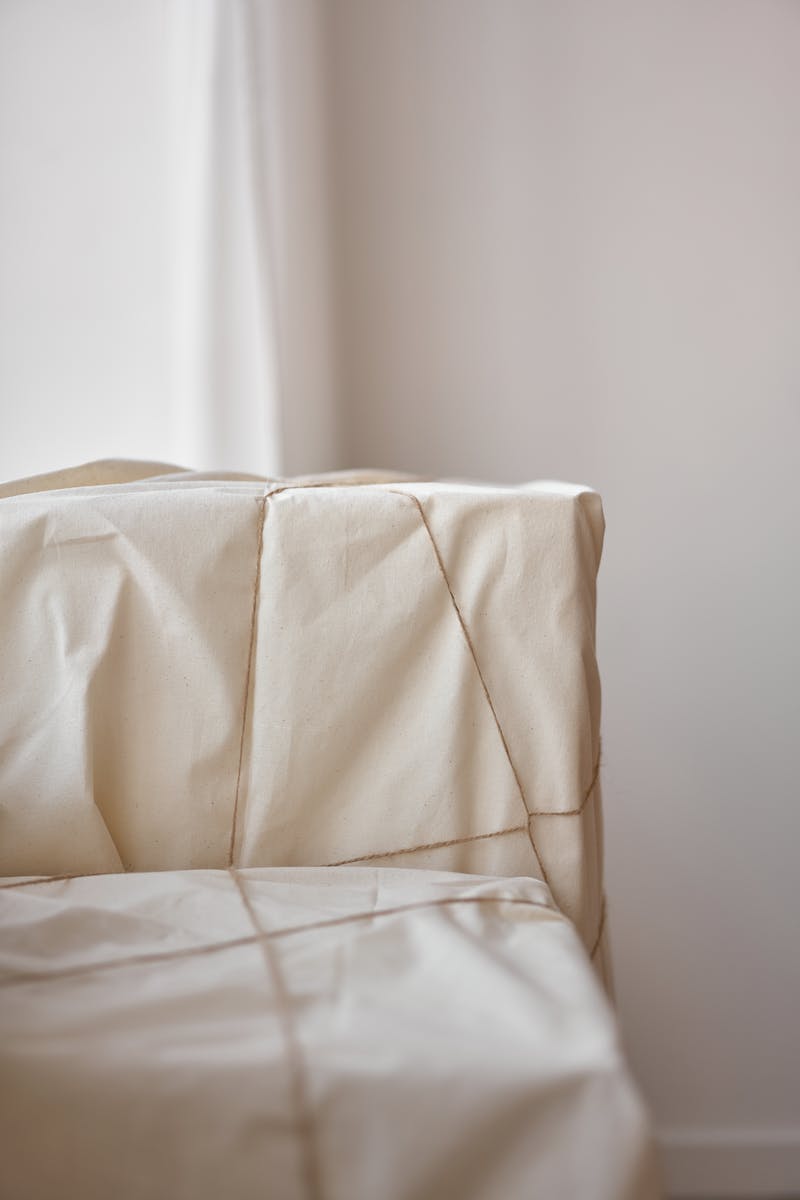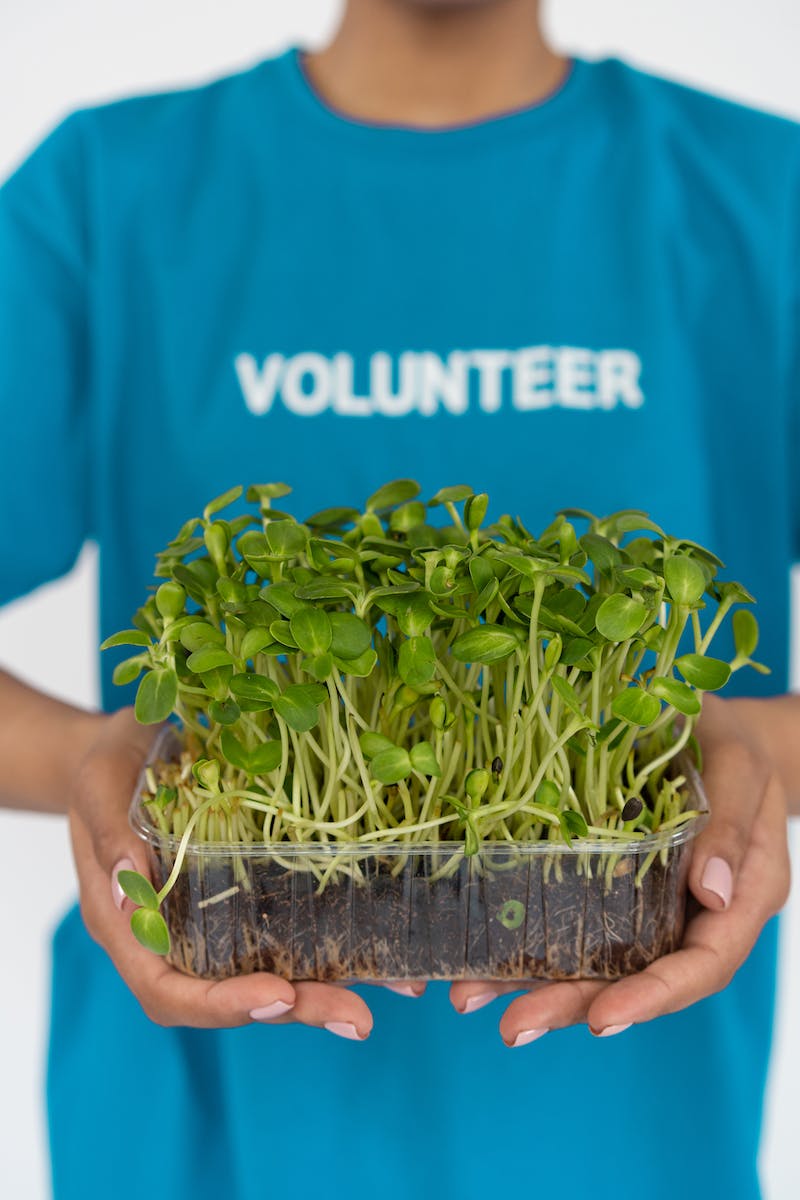Advertisement
Lifestyle
Learn about Progressive Muscle Relaxation (PMR), a technique used to help reduce stress and tension through the systematic tensing and relaxing of muscle groups
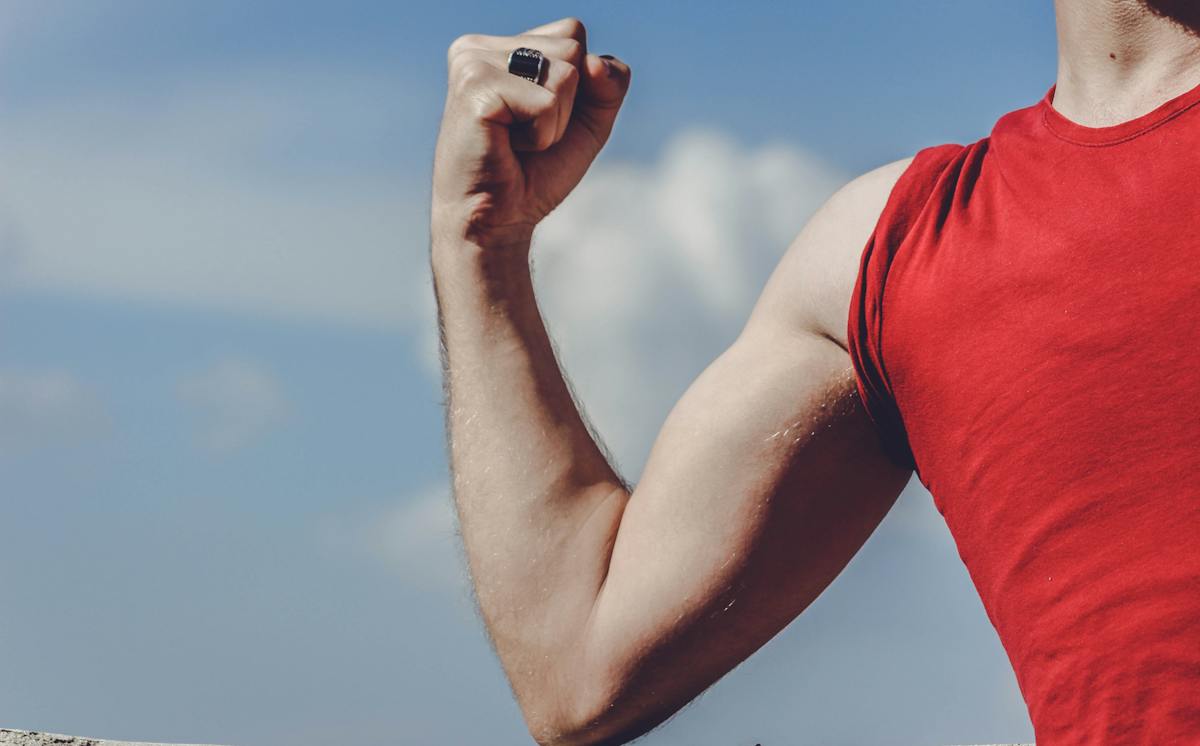
Everything You Need To Know About Progressive Muscle Relaxation
Underlying Concepts of PMR
Understanding progressive muscle relaxation (PMR) begins by delving into its unique concepts. Basically, PMR is a technique that assists in promoting general relaxation and reducing stress. Developed by American physician Edmund Jacobson in the early 20th century, this approach involves tensing and relaxing different muscle groups in sequence to lower overall physical and mental tension.
The idea behind PMR stems from Jacobson’s understanding that mental calmness is directly connected with muscular relaxation. By learning how to manipulate our muscles through this practice, we gain more control over our bodily responses to stress and anxiety. Moreover, PMR also aligns with the theory of “bodily-kinesthetic intelligence,” which means we are able to manage our physiological stress through managing our body.
In essence, PMR serves as a powerful self-help technique against stress-related health problems. It’s relatively easy to learn, doesn’t require special equipment or locations, and can be practiced almost anytime, anywhere.
Consider Joan, who started experiencing chronic headaches due to her demanding job. A friend suggested trying PMR. She began practicing it daily—first with specific guidance and then on her own. Within weeks, she reported significant relief in her headache intensity and frequency.
- PMR was developed by Edmund Jacobson in the early 20th century.
- PMR focuses on tensing and relaxing different muscle groups.
- The method believes in direct correlation between mental calmness and muscular relaxation.
- This technique gives control over bodily responses to stress and anxiety.
- PMR is a self-help technique against stress-related health problems.
- It can be practiced almost anytime, anywhere without any special equipment.
Benefits of PMR
Progressive muscle relaxation offers numerous benefits beyond stress management. For starters, it helps improve sleep quality. Many people who suffer from insomnia have found relief through PMR practices by achieving a more relaxed state before bedtime. It promotes a healthier sleep pattern and combats restless or disturbed nights.
In addition to sleep improvement, PMR helps ease physical symptoms such as headaches, stomachaches, and general pain that are often associated with stress. Regular practice can lead to noticeably diminished pain levels and increased overall comfort in daily life.
Another significant benefit of this relaxation technique is its positive impact on mental health conditions like anxiety and depression. By inducing a deep state of relaxation, PMR disrupts the continuous loop of negative thoughts often experienced with these conditions.
For instance, Mike suffered from severe anxiety and insomnia due to overwhelming work deadlines. His therapist suggested practicing PMR every night before sleeping. After a few weeks, he noticed improved sleep and reduced anxiety levels, helping him handle his work situation better.
- PMR greatly improves sleep quality.
- This technique alleviates physical symptoms related to stress, such as headaches and stomachaches.
- Regular practice of PMR results in reduced pain levels.
- It facilitates deep relaxation which positively impacts mental health conditions like anxiety and depression.
- PMR interrupts the chain of negative thoughts common with anxiety or depression.
- The technique offers overall enhancement in the quality of life.
How to Practice PMR
Now that you’ve gained some understanding of the benefits offered by progressive muscle relaxation, begin practicing this beneficial technique. Start with identifying a calming space where you won’t be interrupted. Wear comfortable clothing and find a relaxing position, either lying down or seated in a comfy chair.
Next, the process begins with deep breathing for a few moments to set a calm baseline. Then, working either from your head down or your feet up, tense a muscle group (such as your neck and shoulders or your feet) for 5 seconds. After this tension, relax the muscles for a full 15 seconds before moving to the next group.
It’s crucial not to rush through your PMR session. Take your time and give each muscle group adequate attention. With practice, you’ll begin to recognize the difference between the sensations of tension and relaxation within your muscles.
Alice, a graphic designer, found herself constantly tensed due to long hours at her computer. On a friend’s advice, she began practicing PMR during her lunch breaks and at the end of her workday. Over time, she reported considerable reduction in her muscular tension and an increase in productivity.
- Practicing PMR requires a calm environment free from interruptions.
- Comfortable clothing and position enhance the effectiveness of PMR.
- The process starts with deep breathing followed by systematically tensing and relaxing different muscle groups.
- Patiently attending to each muscle group enhances the experience.
- Regular PMR practice helps distinguish between sensations of tension and relaxation.
- PMR can be practiced anywhere—be it during lunch breaks at work or before bedtime.
PMR for Children
Progressive muscle relaxation isn’t just for adults; it’s an equally effective stress I-management tool for children as well. It can be incorporated into a child’s routine easily. For kids dealing with anxiety or hyperactivity disorders, regular PMR practice can help create a sense of calm and control.
While teaching children PMR, remember to simplify the language and concept. You can make it fun by incorporating imaginative play such as pretending to squeeze a lemon while tensing their fists or blowing up a balloon while taking deep breaths.
Like adults, children also benefit from regular practice. As it becomes a part of their routine, children will naturally start applying the technique whenever they feel stressed or anxious.
Take, for example, Sally, a hyperactive 8-year-old having trouble settling down at bedtime. Her parents introduced PMR with playful imagery, and within weeks, Sally started sleeping better and showing less hyperactivity during the day.
- Children can also benefit from practicing PMR.
- PMR is an effective tool for kids dealing with anxiety or hyperactivity disorders.
- The language and concept should be simplified while teaching children this technique.
- Creative imagination can be incorporated to make the process more appealing to them.
- Regular practice leads to natural application of the method during stress in children.
- PMR can significantly improve children’s sleep quality and overall behavior.
PMR for Athletes
Athletes often experience significant physical stress due to intense training and competition routines. Progressive muscle relaxation provides a practical tool to manage this stress, optimize performance, promote recovery, and prevent injury. Remarkably, it isn’t just physical benefits—PMR can also enhance an athlete’s mental game by aiding focus and reducing performance anxiety.
Whether pre-game or post-game, incorporating this relaxation technique into an athletic regime proves to be fruitful. Not only does it help increase body awareness and control, but it also assists in facilitating faster recovery following strenuous physical exertion.
Remember, optimal results are obtained when PMR is practiced consistently and over time. Also, athletes should work alongside their coaches or therapists to tailor a PMR routine that best fits their needs and complements their training schedule.
Consider the case of Alex, a competitive cyclist who began experiencing muscle cramps and tension during races. After implementing PMR into his daily routine, he experienced fewer cramps, improved focus during races, and faster post-race recovery.
- PMR can effectively manage stress in athletes due to intense training and competition.
- This technique aids in optimizing performance, promoting recovery, and preventing injuries.
- It enhances focus and reduces anxiety in athletes.
- Incorporating PMR into an athletic routine increases body awareness and control.
- Consistent practice of PMR yields optimal results in athletes.
- A customized PMR routine along with regular training improves their overall sporting performance.
PMR in Clinical Applications
Among various relaxation methods, progressive muscle relaxation sets an exemplary role in clinical applications. Due to its effectiveness in managing stress and tension, it’s often recommended as part of therapy for many physical and psychological health conditions.
Studies show that patients suffering from mental health issues like depression or anxiety have experienced significant improvement by combining standard treatment with regular PMR practice. Moreover, in the case of somatic disorders, such as fibromyalgia or irritable bowel syndrome, PMR provides valuable pain management tool.
In medical scenarios involving long-term care patients such as cancer or renal failure patients, introducing PMR has shown to reduce distress and improve quality of life.
Case in point: Lucy, a breast cancer patient, was struggling with stress-related insomnia after her diagnosis. Her treatment team introduced PMR to her daily routine. Four weeks later, she reported improved sleep and lesser anxiety about her treatments.
- PMR plays an effective role in clinical applications.
- It is leveraged as a part of therapy for psychological and physical health conditions.
- Combining standard treatment with PMR produces remarkable improvements in patients with mental disorders.
- PMR serves as a valuable pain management tool for somatic disorders.
- Introducing PMR in long-term care patients improves their overall quality of life.
- PMR can relieve anxiety and ensure better sleep in cancer patients.
Possible Challenges in PMR Practice
Despite its myriad benefits, progressive muscle relaxation is not free from potential challenges. Initially, some people may find it difficult to correctly tense and relax muscles, especially if they have been chronically tensed. With time and practice, however, this becomes easier.
Others might face difficulty finding a quiet and comfortable space or allocating appropriate time for the practice due to busy schedules. It’s important to remember that PMR doesn’t always require a lot of time—you can adjust the length and frequency based on your needs and availability.
A very small number of practitioners might encounter an increase in anxiety due to being more aware of their body sensations. In such cases, it is essential to seek guidance from a trained professional to ensure correct practice.
For instance, Jack, whose job required him to travel constantly, struggled to maintain regular PMR practice. After consulting his therapist, he switched to mini-PMR sessions during his flights and found them quite effective.
- New practitioners might find it challenging to correctly tense and relax muscles.
- Locating a comfortable space or spare time for PMR might be difficult due to busy schedules.
- A minimal number of people might experience heightened anxiety due to increased bodily awareness.
- Adapting the length and frequency of PMR sessions to fit personal needs help overcome hurdles.
- Seeking professional guidance ensures accurate practice and helps tackle issues.
- Create innovative ways like mini-PMR sessions during travel to incorporate this technique into your lifestyle.
The Future of PMR
The future of progressive muscle relaxation looks promising. As stress and anxiety become increasingly prevalent in contemporary society, PMR offers an accessible and effective tool to manage these issues. As more studies validate the benefits of this practice, we can expect its broader application in diverse fields, including education, workplaces, healthcare, athletics, and even in daily individual routines.
Emerging virtual technologies and apps might further facilitate PMR adoption by making it easier to learn and practice regularly. Customizable programs and guided assistance may also improve the effectiveness of the technique.
Just imagine a gadget-friendly world where stress management is just a few clicks away; you could practice your PMR session with guided virtual imagery or through a mobile app right at your convenient place and time.
- PMR has a promising future due to increasing prevalence of stress and anxiety.
- This technique finds potential applications in various fields like education, athletics, healthcare, among others.
- Virtual technology advancements could facilitate learning and regular practice of PMR.
- Customizable PMR program and guided assistance might further enhance its effectiveness.
- Individuals might soon have easy stress-management tools at their fingertips, thanks to tech integration with PMR practices.
- A virtual PMR session could be accessible anytime, anywhere, thus promoting widespread practice.
Summary Table:
| Aspect | Description |
|---|---|
| Concept of PMR | A technique developed by Edmund Jacobson for combating stress-related health issues through tensing and relaxing different muscle groups systematically. |
| Benefits of PMR | Eases physical discomfort, improves sleep quality, and positively impacts mental health conditions like anxiety and depression. |
| How to Practice PMR | Begins with deep breathing, followed by tensing a particular muscle group for a few seconds and relaxing it for more. Repeat with different muscle groups. |
| PMR for Children | A useful tool to manage stress and anxiety in children, can be made fun by incorporating imaginative play. |
| PMR for Athletes | Helps athletes manage physical stress, optimize performance, recover faster, and enhance focus. |
| PMR in Clinical Applications | Used as part of therapy for managing many health conditions, including mental disorders and somatic diseases. |
| Challenges in PMR Practice | Difficulty in correctly tensing and relaxing muscles initially, finding appropriate time and space, increased anxiety due to heightened body awareness are some of the challenges. |
| Future of PMR | The future looks promising with wider applications and technology-enabled guided practices potentially on the rise. |



